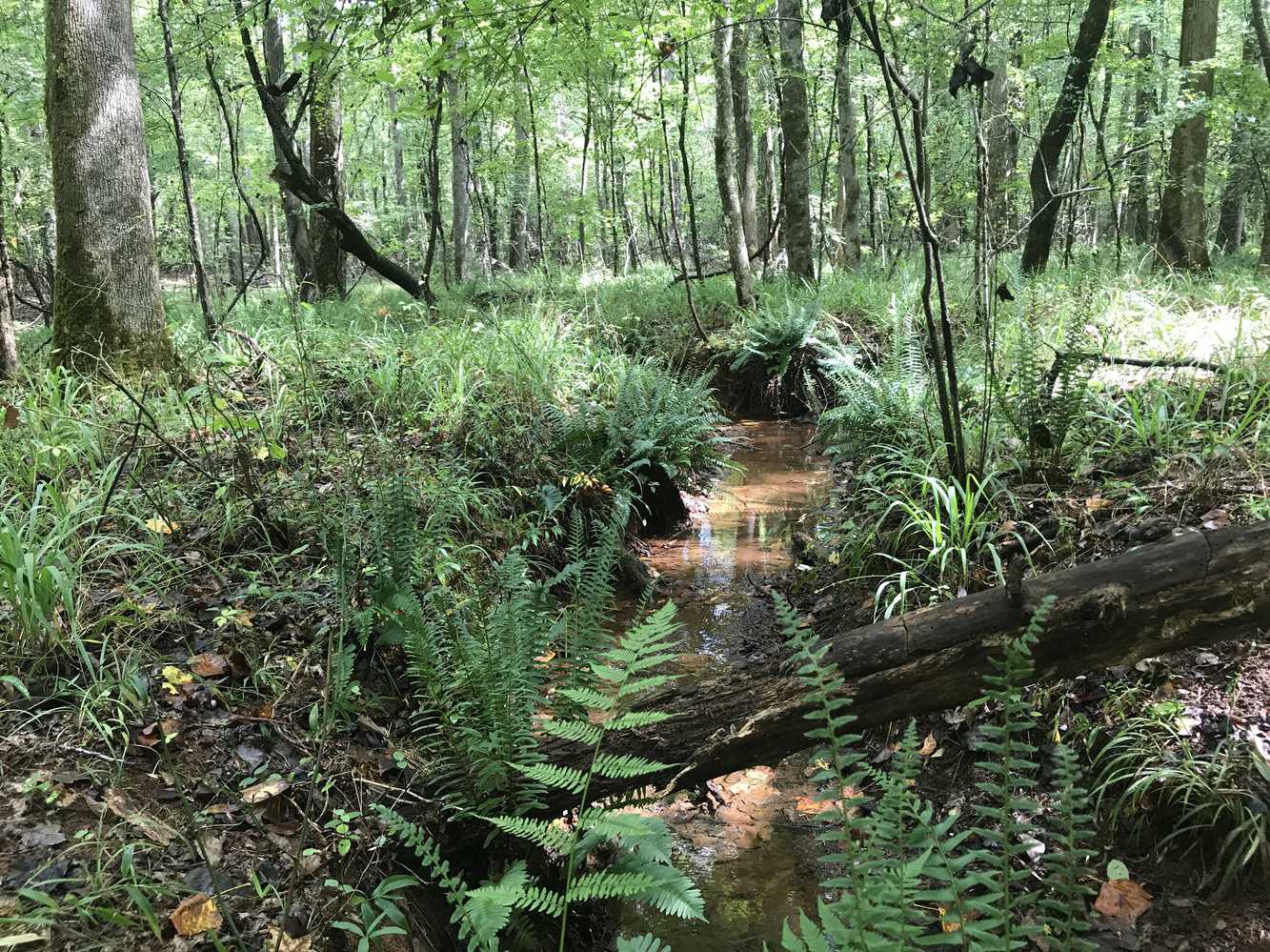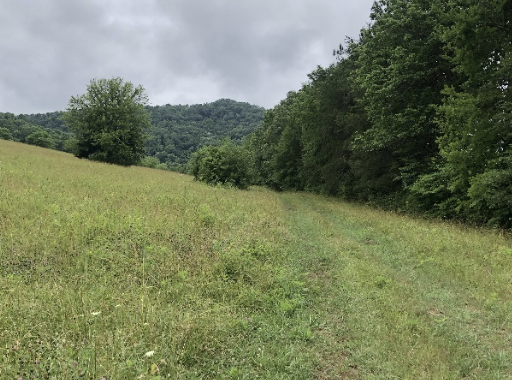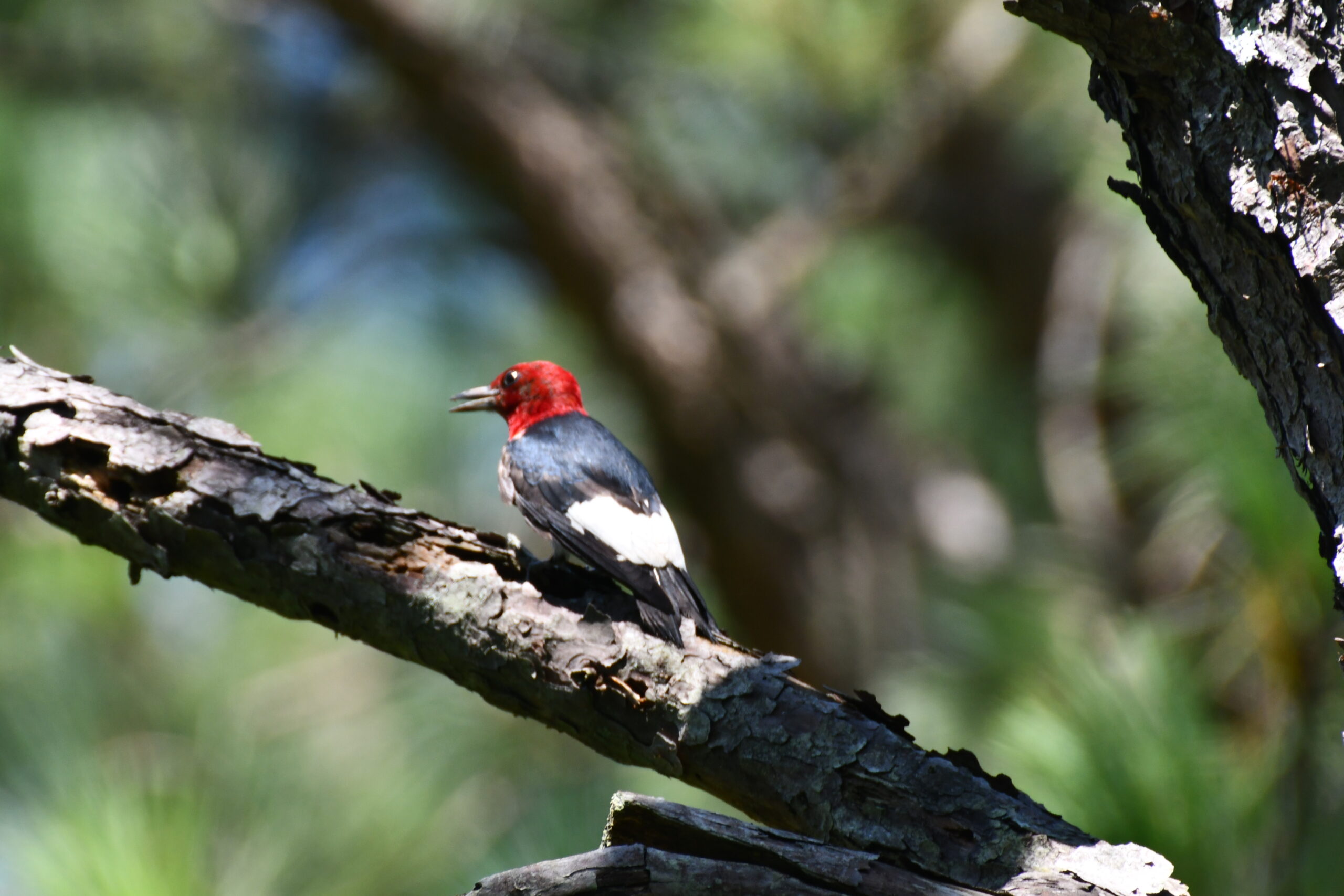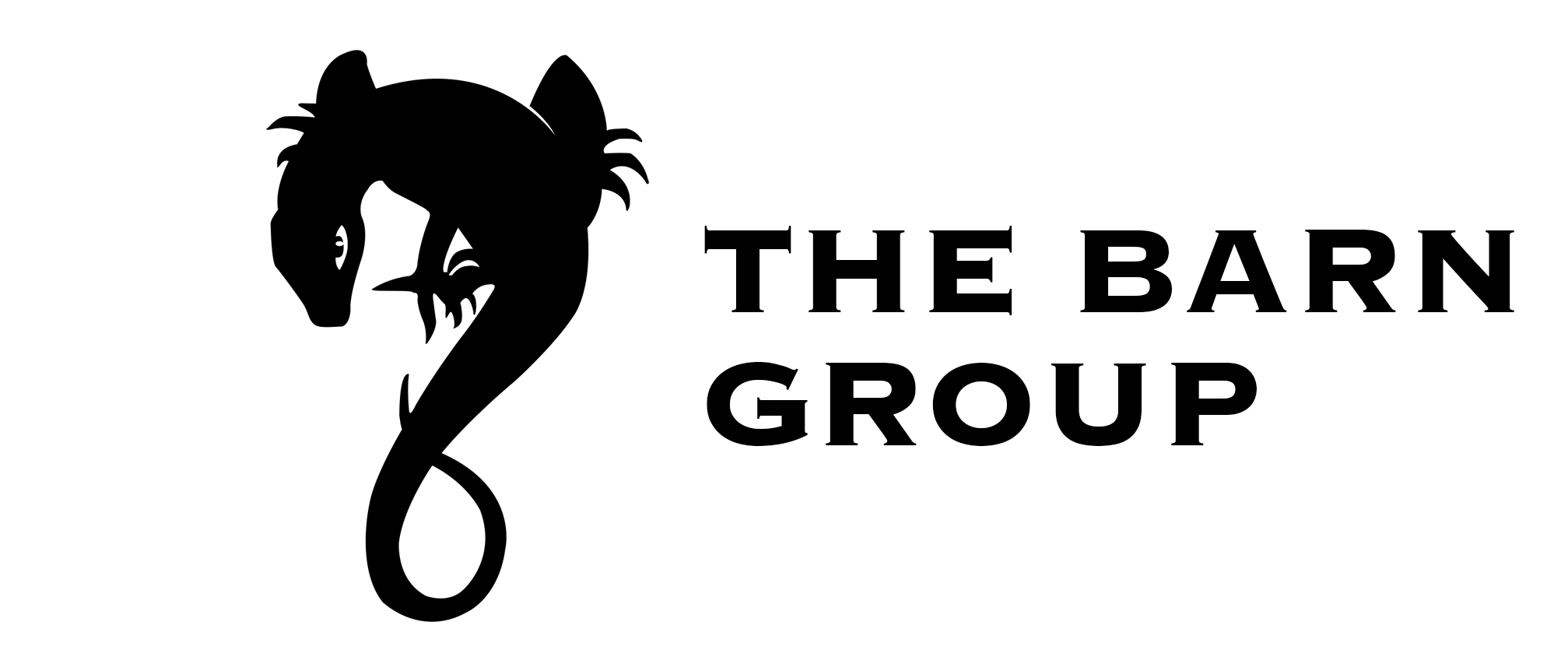Piedmont Region Properties
The Piedmont region is a plateau located in the Eastern United States between the Appalachian Mountain and the Atlantic Coastal plain. It covers the states of New York, Pennsylvania, Maryland, Virginia, North Carolina, SouthCarolina, Georgia, and Alabama. The Barn Group (TBG) has conserved 42 properties within this region to protect the future conservation values that these areas hold. Being able to protect areas like these solidifies that endanger species and wildlife that are in danger of habitat loss will have an area that is undisturbed forever.

Habitat Features
The native habitats found in this region consist of predominantly mixed deciduous forest in the Northern portions of the region and mixed deciduous pine forest in the Southern portions of the region. The land consists of rolling hills near the edges of the Appalachian Mountain range to flat coastal plains near the Atlantic Coastal Plain region. Throughout the years, extensive loss and fragmentation of grassland and forest habitats has increased the prevalence of smaller habitat patches. This has created a Piedmont Region Landscape of extensive grasslands and agricultural areas, fragmented deciduous and mixed deciduous-coniferous woodlands of pine-oak, mixed-oak, oak hickory, and hardwood swamps, tidal freshwater, and brackish, and extensive riparian areas through the entire landscape.
Land Use
Land uses on TBG Properties are limited to only activities that follow in line with the conservation values set forth when the properties are conserved. Historically these areas were heavily placed in an agricultural setting when English settlers first arrived in the United States. Cash crops were cotton in the southern portions changing to tobacco in South and North Carolinas. Conservation of properties by TBG have preserved large areas in the region that promote the native flora and fauna. Most of the properties within the Piedmont region are used for hunting and recreational activities that do not harm conservation values and help improve the habitat for wildlife and plant life. Invasive species like Kudzu are controlled to ensure the invasive species do not harm native species within the properties. Other activities practiced on these Properties include limited agricultural and restoration practice such as using agricultural fields for hay production which allows limited monetary use while keeping openings in the forested area for animals like the White-tailed deer to forage. Restoration practices such as replanting forest cutovers and establishing wildlife food plots are performed to improve the health of the property’s habitats. These types of land use on TBG properties will not only keep this beautiful area protected but will also improve the land to host native species of the region.


Species Diversity
This transitional region along with their important riparian areas are important for many wildlife and plant species. TBG ecologists have completed in-field, audio, and game camera surveys to document wildlife and plant diversity utilizing these conserved properties. Mammals found in this area include beaver, bobcat, gray squirrels, turkey, and whitetail deer. Several Species of Greatest Conservation Need were documented by field staff on conserved properties, and include the northern bobwhite, red-headed woodpecker, Carolina wren, red-bellied woodpecker, pleated woodpecker, indigo bunting, northern cricket frog, and upland chorus frog. TBG conserved properties, including the abundant resources they provide, will be preserved in perpetuity for the maintenance and support of these sensitive populations.
